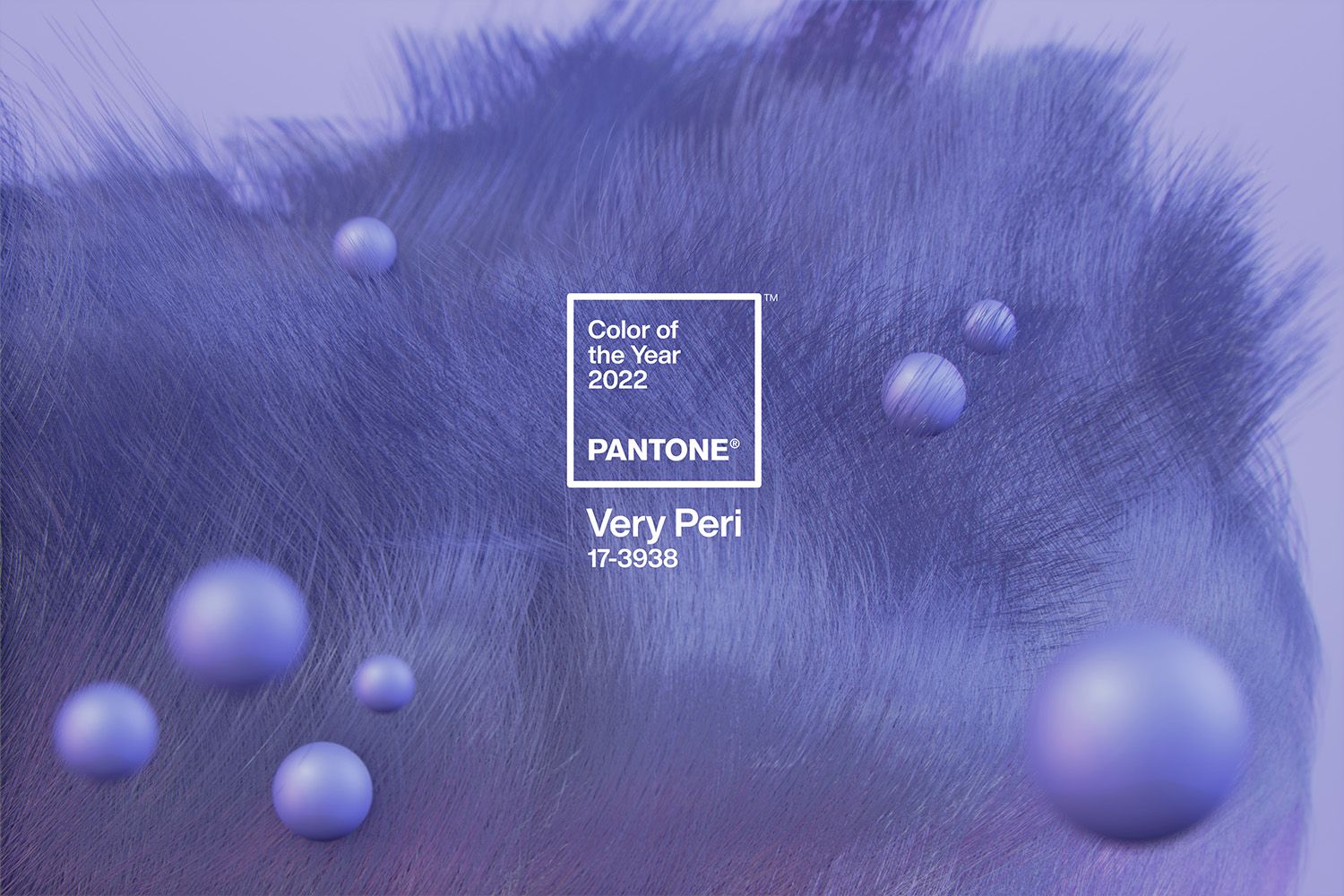Today at The Decorative Surfaces we sit down with Cristián Axl Valdés in Talca, Chile. Cristián founded his own architectural practice—Mutarestudio—in 2008, where he develops projects from design stage to construction. His work has been praised and published in many international magazines in Germany, Croatia, Rumania, the Netherlands, Argentina, etc. He also showed at the 28th Architecture and Urbanism Biennial in Chile and at the ‘Arquitectura de Autor’ exhibition.
How did you discover that architecture was your true vocation?
In general, architects give three types of answers to that question: those who are architects because their parents were too; those who fulfil the trope of being good at drawing and maths; or those who got into it without knowing what it was about, almost by accident. I’ve always found it hard to describe myself with one of these choices since I always wanted to be an architect, without knowing anyone from this world. And although I was good at drawing and maths, I was no prodigy. For some strange reason, I’d draw plans in a grid notebook from being a small boy, and always one-storey houses! You draw what you know, and that’s what I knew—single-storey houses. I knew nothing about what architects did beyond the fact that they designed buildings. That was as much as I knew—a very limited amount but enough to get me started.
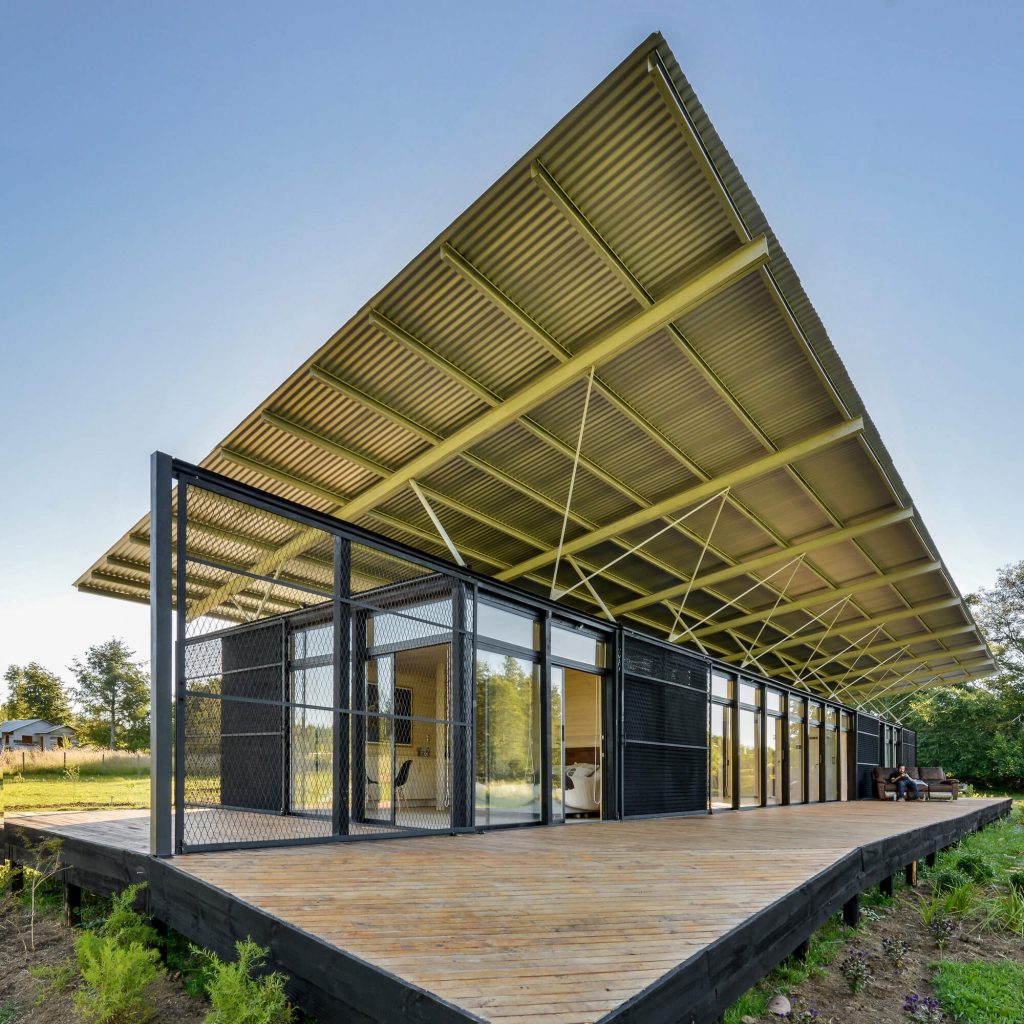
Your studio was selected from 14 other new practices in Latin America to take part in the 2019 Latin American Architecture Biennial in Spain—what would you say makes you stand out from those other studios?
Tough question! It was interesting throughout that experience to see the many different ways each architect actually approached their work. You are rarely aware of what you do, so it’s hard to analyse your own work. The best way for me to answer would be to quote what one of the BAL organisers told me at the end of my presentation. He came up to congratulate me and said my work seemed to be ‘handcrafted’. This may seem like a truism, as all work can be said to be handcrafted; however, I interpret what was said as my work possessing a material quality that acknowledges the physicality of architecture, i.e. it is not an abstract work drafted on paper but rather imbued with the ever-present materiality of space.
What are your essential work tools?
A pencil and a blank sheet of paper: those are the basics to starting a design. You then check what you’ve come up with through physical and virtual models, more than anything to double-check what you’ve imagined. At other times, you start by building a quick model with materials in the office; sometimes, I start with a construction detail and, at others from where a previous project left off. I have my doubts when it comes to the linear process of architecture. I work more than anything through trial and error. As far as I’m concerned, the approach to designing architecture has nothing to do with a kind of scientific method but rather a musical composition, which is much more circular, tracing back its own steps again and again until I’m happy with the result.
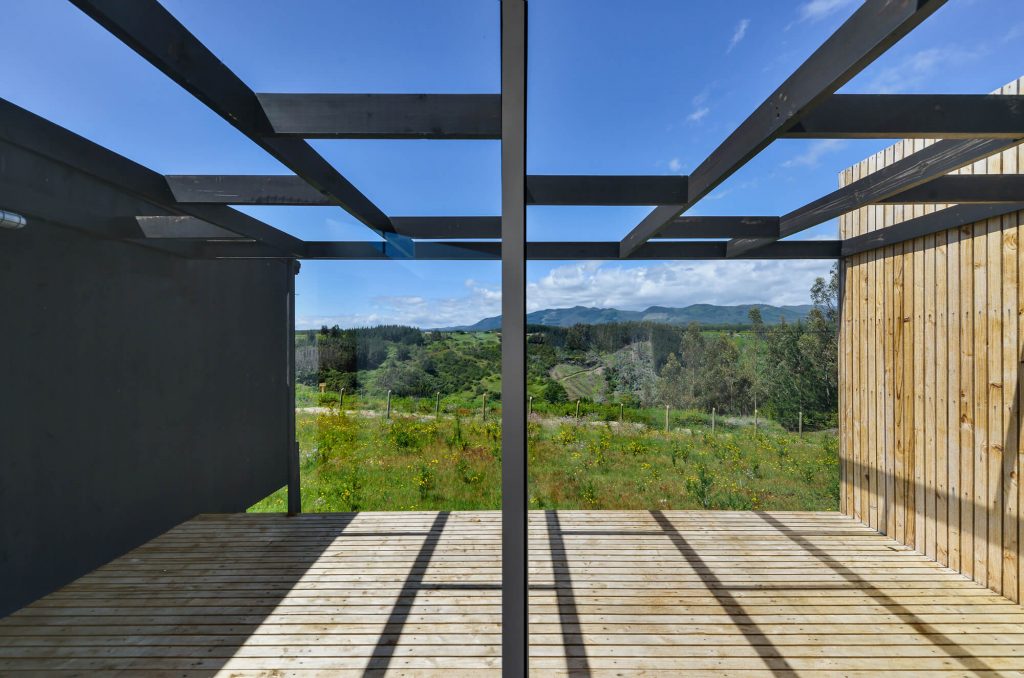
If you had to choose one material to work with, which one would it be?
Fortunately, I’ve had the chance to work with wood, steel, brick, concrete and panels, and each material has its own logic. What’s important is to work with rather than against the material. I always start a project knowing which material I will be building with—that’s essential as it determines the decisions and levels of freedom you have in the design. And that decision, at least in my experience until now, is never personal. Normally it comes down to circumstances outside of your control, such as budget, location, client, labour, etc. So, materiality as a variable is not something I can control although I do have to work with it responsibly. In short, I do not have a favourite material, nor do I want to have one.
What do you most value in a design? Form, function, materials, weight…
I’ve never been asked that. I think that a good project needs to deal with a wide selection of different variables, which have an impact on it, such as gravity, location, climate, topography, budget, client, material, etc., etc. So, I really value the harmony of a work of architecture. A good design should cover all that diversity, synthesise it and translate it into architecture. Anyone can respond to each variable in isolation, but you need a certain level of expertise to translate all those variables into a synthetic, simple whole. And that requires lots of work—there are no shortcuts.
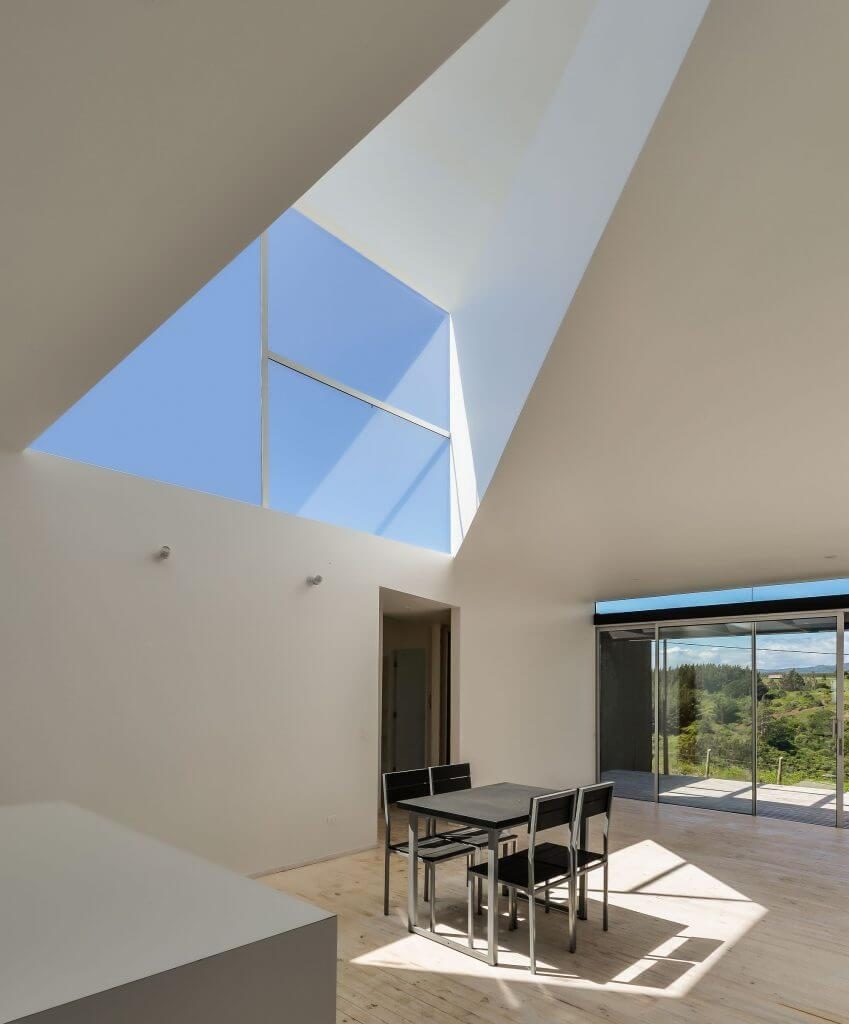
Of all the projects you have done, which one do you most fondly remember?
Every project is a challenge in its own way, and I like it like that. You never get to respond in the same way. I’m bad at giving architecture human values, so I don’t think that ‘fondly’ is the right word. Nonetheless, I have special memories of the house in Molco, Villarrica. Given the distance of building in the south of Chile, far from the office, I couldn’t take decisions onsite as I would normally have done up to that point; I was forced to get everything tied and drawn up in the office. This led me into a world that I had never explored before—the world of details. Since then, I have been obsessed with sketching absolutely everything. It all has to work and fit like a Swiss-made watch. The meaning of that famous saying, ‘God is in the details’, really hit home recently.
Your work has been published in several international magazines in Germany, Croatia, Rumania, the Netherlands, Argentina, etc. What do you think the main feature was in your projects that caught so much attention?
I would like to think that it’s down to them being good works of architecture, as a project does not merely respond to a functional or aesthetic approach—it has to transcend those aspects. Projects respond to an idea where, on the one hand, you distill the complexities inherent to architecture and, on the other, you have a rational idea that responds through architecture to non-architectural issues, linked to common sense. Here, the efforts by José Luis Uribe, a lecturer at the University of Talca School of Architecture, are hugely important as he arranges for the works to be published overseas.
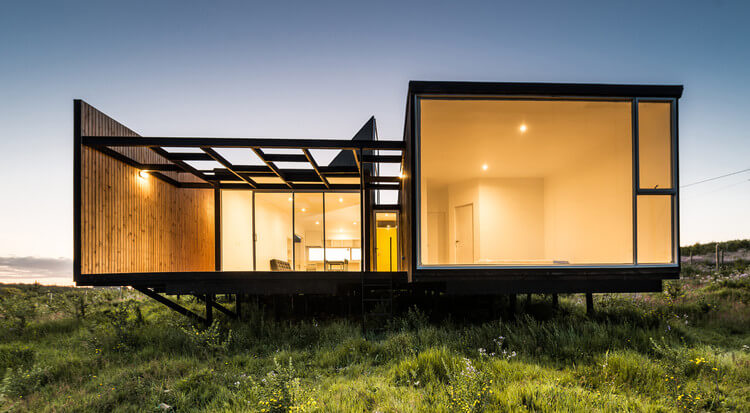
Could you tell us what projects you’re working on at the moment?
Today I’m designing a courtyard house that is the biggest I have done to date, as well as a small wooden house in the mountains. Switching from a relatively large concrete and steel project to one made from wood and with a really small budget motivates me. I’m also building another house, getting permits for a school and am in the final stages of doing an urban walkway.

